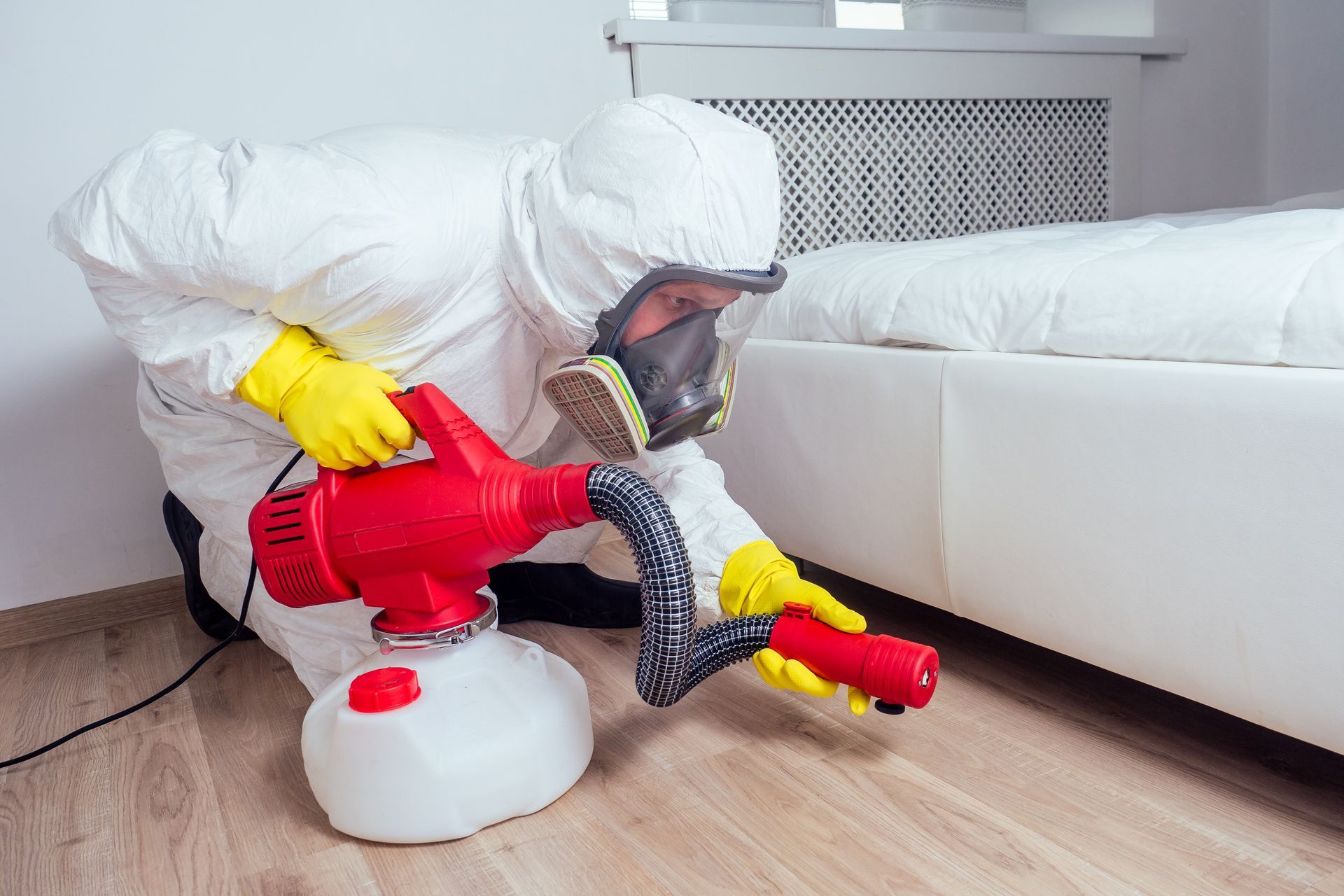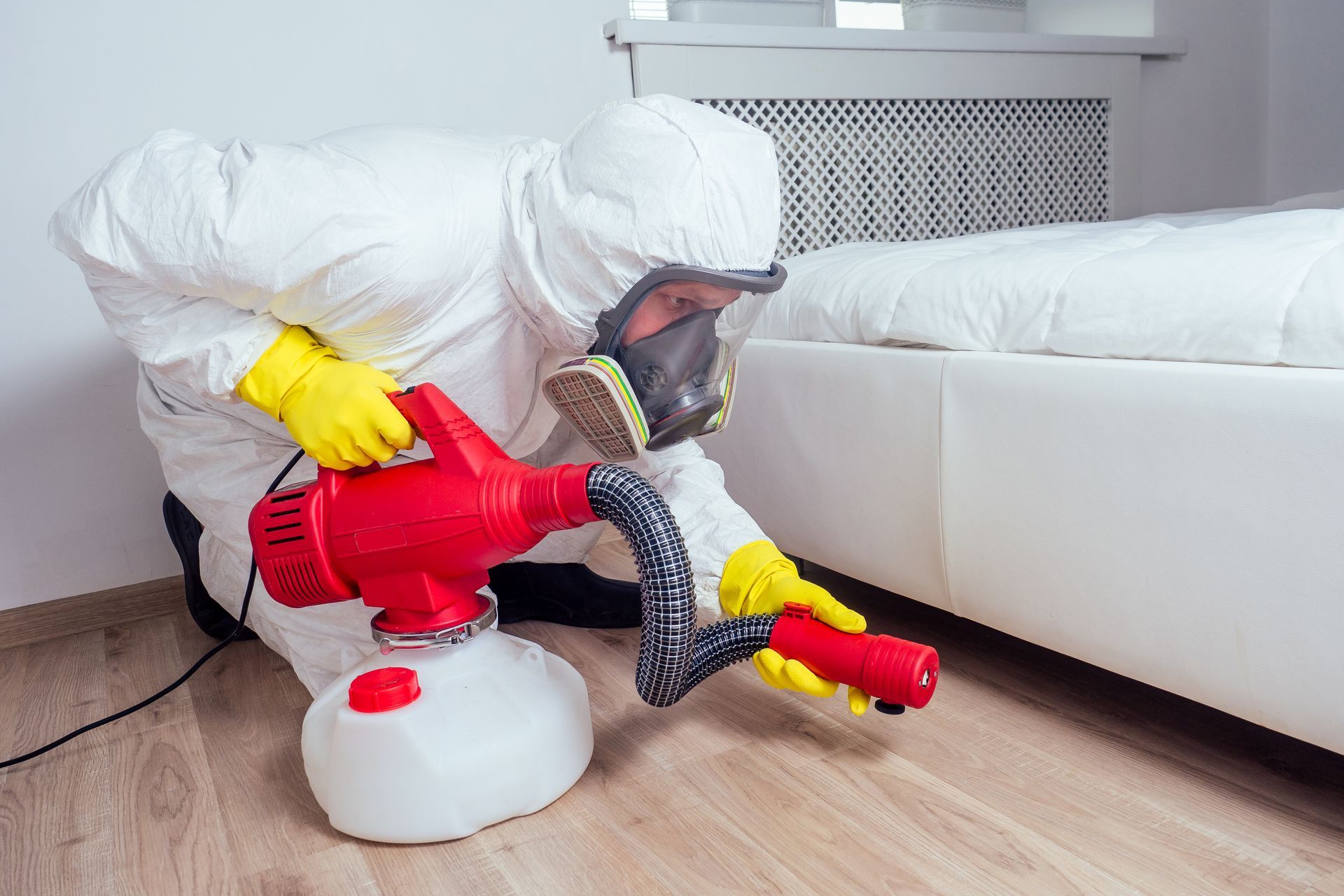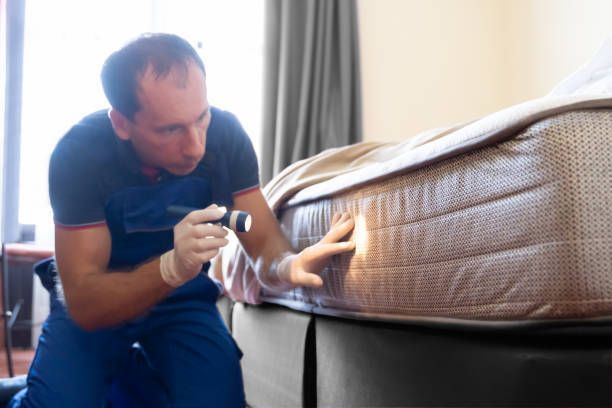How to Treat (and Keep) a Bed Bug Infested Mattress
Any pest-related problem is annoying, but few are as relentlessly unpleasant as bed bugs. From bites to extraction, you’ll find tons of information about how to deal with a bed bug infested mattress (spoiler: it’s not all true). In fact, one of the most common bed bug myths is that you’ll have to throw out your mattress or furniture if an outbreak occurs.
While it may be difficult to trace the source of an outbreak, you definitely have options when it comes to treatment. With the right procedure, there’s no reason you can’t keep using your beloved mattress and furniture, even after a bed bug outbreak!
Tips for Dealing With a Bed Bug Infested Mattress
From bite marks and a musty scent to rust-colored stains and visible fecal matter, there are a number of ways to identify a bed bug problem. The steps you take after recognizing a problem are critical, but shouldn’t include throwing out a bed bug infested mattress.
Instead, enact these protocols as soon as you spot a problem:
1. Move the bed away from walls (and the floor)
Since bed bugs can’t jump or fly, you can cut off several access points to the mattress by positioning it away from walls and off the floor. Even one inch of space can make a huge difference.
2. Contact a pest control expert
We highly recommend scrubbing mattress seams and then vacuuming, but this likely won’t eradicate the infestation completely. A pest control expert will be able to recommend and administer a pesticide treatment or work with you to determine the best removal method for your household.
3. Confirm your pest control team uses an effective pesticide or steam treatment
Most pesticides are effective when they come in direct contact with a bed bug, but won’t do much once dry. A bed bug that walks over a treated surface is likely to waltz right on through the area. A pest control expert may have a recommended solution for repeated application.
They may also propose steaming to treat a bed bug infested mattress. This process kills all stages of bed bugs when steam is applied at the right temperature, pressure, and moisture-level for about 20 minutes.
In either case, it is best to leave treatment to a pest professional who is experienced in administering the proper protocol.
4. Use an encasement after treating the mattress
After treating for bed bugs, you should cover the mattress in an encasement. The encasement will stay on much like a mattress cover and ensure that the entire population eventually dies. Bed bugs have been known to go up to a year without a blood meal, so you’ll want to keep the encasement on for a considerable length of time.
You’ll particularly want to consider an encasement if you opt for non-chemical removal methods like vacuuming. While vacuuming will eliminate most visible bed bugs and eggs, it won’t get them all. If you go this route, you’ll definitely want to encase the mattress.
Why You Should NOT Throw Out a Bed Bug Infested Mattress
While it may seem logical to eliminate a primary source of the bed bug population that has invaded your home, there are a number of reasons why you should absolutely not get rid of your mattress.
- The mattress doesn’t contain the entire bed bug population. Despite their name, if you have bed bugs in your mattress, chances are you have them in your headboard, nightstands, dressers, and even wall or floor cracks. In fact, any space large enough for a credit card constitutes a comfortable living quarter for a bed bug. Therefore, removing the mattress won’t get rid of the problem.
- Bed bugs repopulate very quickly. Even if you eliminate a substantial majority of your bed bug problem by throwing out your mattress, they’ll be back in full force shortly. Pregnant females lay three or four eggs each day, which hatch in about two weeks.
- If you get a new mattress, it will also become infected. Based on the two facts above, you won’t be doing yourself any favors in buying a brand new mattress. It will simply become infected again, causing the cycle to repeat.
- You’ll likely worsen the problem by dragging a bed bug infested mattress through the house. In order to throw away a mattress, it’s got to go through the house. Transporting the mattress even a short distance can severely exacerbate the issue by spreading bed bugs throughout your home.
If you must discard your mattress, follow a few simple steps:
- Take the mattress straight to the dump.
- Seal the mattress before disposing of it (use an encasement product, which can be removed at the dump and laundered at home).
- Get rid of the mattress before treating the house.
- Do NOT sell a bed bug infested mattress.
If it’s time to upgrade your mattress, you may consider replacing it after a bed bug outbreak. But there is no reason a bed bug infested mattress can’t be saved! With a little patience, you’ll be sleeping peacefully in no time.
If bed bugs are currently keeping you up at night,
give us a call to discuss removal and prevention efforts today.










